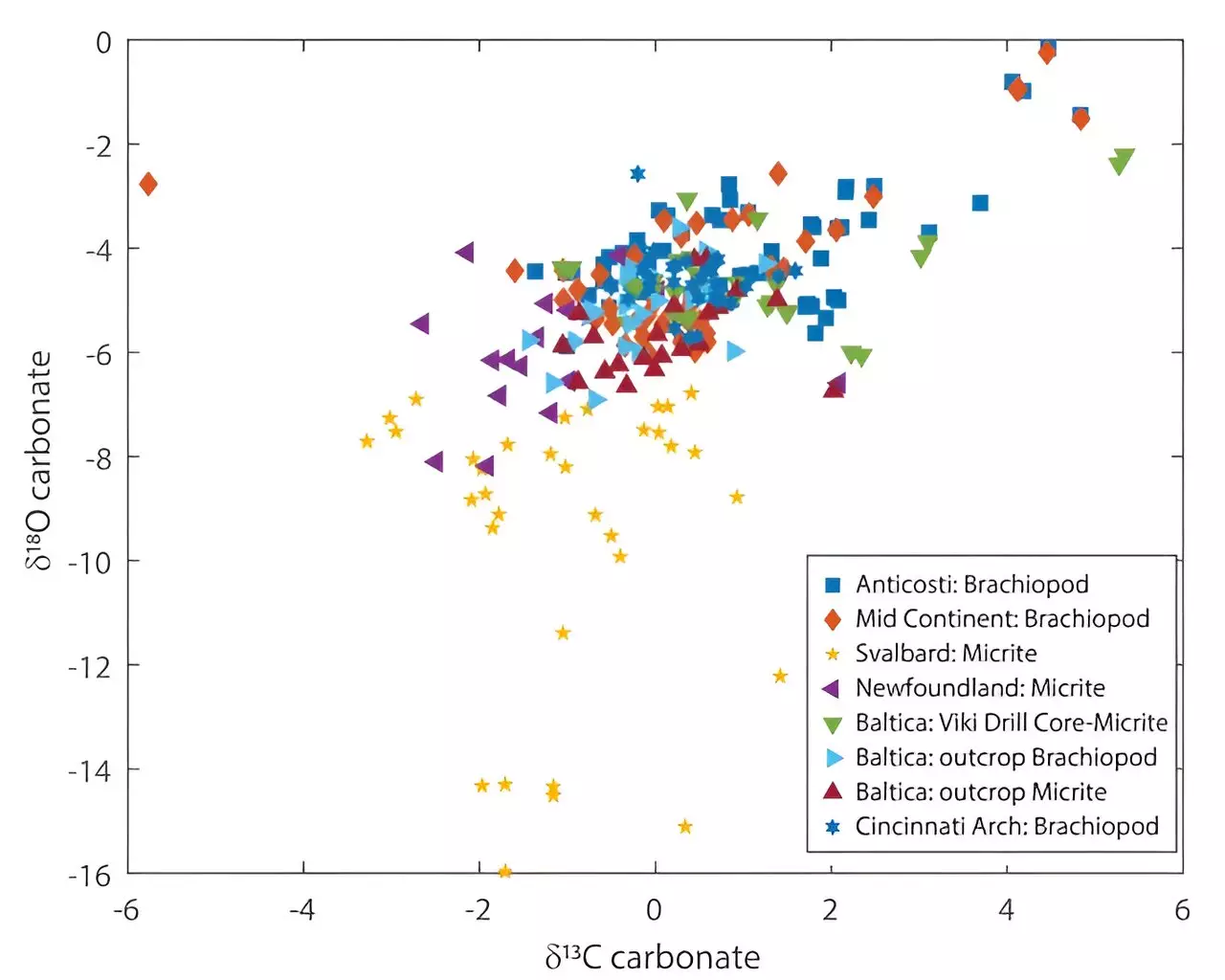The ongoing investigation into the historical variations of oxygen isotopes in seawater has taken an important turn, thanks to a collaborative effort among international marine and Earth scientists. Their recent study, published in the esteemed Proceedings of the National Academy of Sciences, adds a nuanced perspective to a long-standing debate concerning the shifts in the ratio of oxygen isotopes—specifically, the ratios of 16O and 18O (denoted as δ18O) in ocean waters throughout the past 540 million years. This subject has been a fertile ground for contention among researchers; some argue that no significant changes have occurred in the seawater isotope ratios, while other scientists provide evidence suggesting an upward trend in these ratios.
Unpacking the Research Methodology
To delve deeper into this critical matter, the research team focused on examining rocks from the Ordovician period by extracting drill cores from a specific location in Estonia’s Baltic basin. In addition to these samples, researchers utilized rocks collected from surface sites in the vicinity. The key analytical technique employed was clumped isotope thermometry. This sophisticated method allows scientists to assess the isotope composition within carbonate minerals, specifically examining the amount of 13C that is encapsulated with 18O. This methodology is particularly effective in estimating historical ocean temperatures, as the degree of isotope binding is influenced by thermal conditions.
The results of their meticulous analysis indicated that during the Ordovician period, seawater was not only cooler but also presented a lower δ18O ratio than what previous estimates had suggested. This groundbreaking finding underscores the possibility of an evolving isotopic landscape in the oceans over the eons.
Understanding fluctuations in the δ18O ratio is far from an academic exercise—it carries real-world implications for reconstructing ocean temperatures and, by extension, climatic conditions of the Earth during different geological epochs. The researchers identified two primary drivers behind potential shifts in the oxygen isotope ratios: hydrothermal alteration, where hot water interacts with geological formations, and, to a lesser extent, the weathering processes of continental crust.
While the findings in this study lend credence to the theory of gradual changes in seawater oxygen isotopes, they don’t provide conclusive proof. As the academic arena remains rife with contrasting opinions, it is clear that further evidence will be essential for a decisive resolution to the ongoing discourse surrounding δ18O changes.
This research highlights the complex interplay of geological and environmental factors influencing ocean chemistry over millions of years. As scientists continue to explore these ancient records within Earth’s geological strata, the quest for more concrete evidence will persist. The findings so far have opened new routes for investigation, leading researchers to refine their methodologies and possibly uncover clearer answers about Earth’s climatic history. Ultimately, this ongoing endeavor illustrates the importance of interdisciplinary collaboration in understanding Earth’s dynamic systems and their far-reaching implications.

